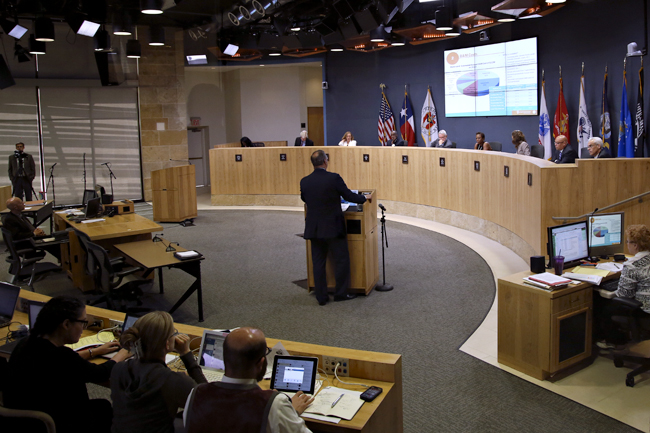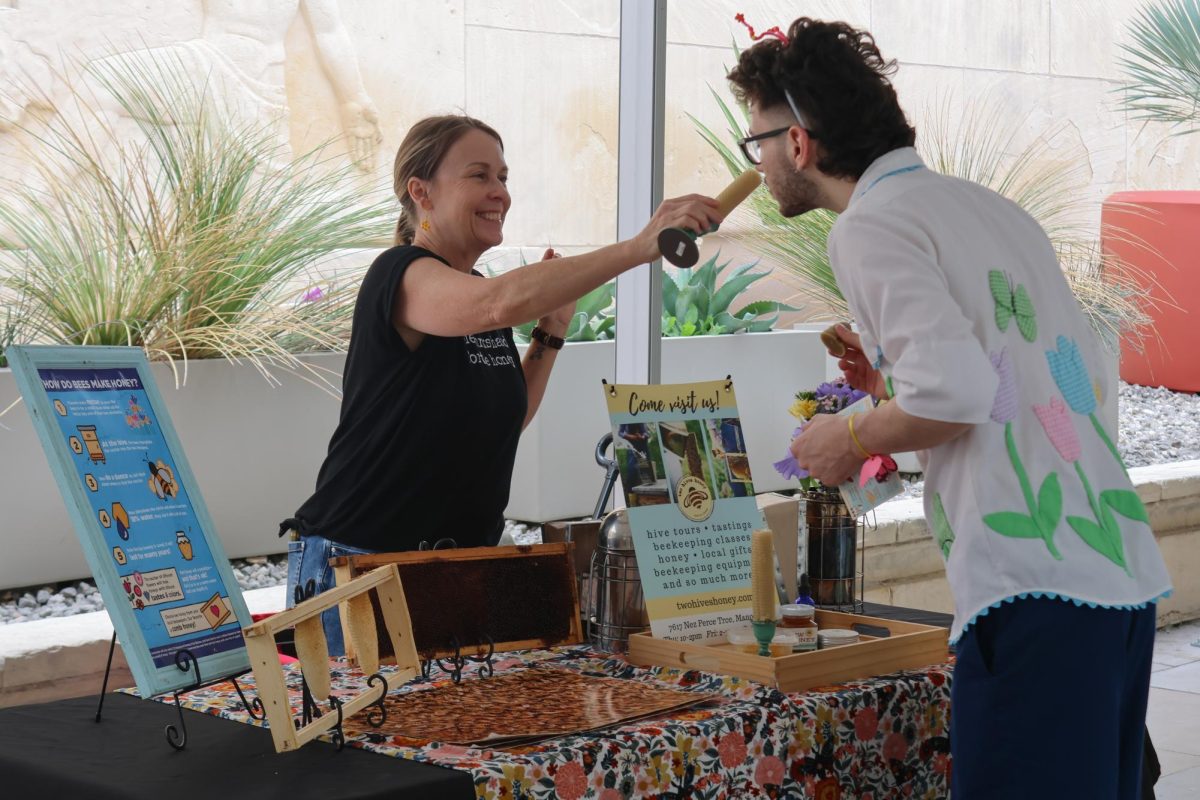Austin City Council voted unanimously Thursday to support Project Connect’s recommended plan for urban rail, a 9.5-mile track that would connect East Riverside to ACC Highland.
The vote comes on the heels of Capital Metro Board of Directors’ endorsement of the proposal in a meeting held Monday. With approval of the plan from both parties the city is one step closer to seeing rail on the ballot in November. The proposed route was approved by the Project Connect Central Corridor Advisory Group earlier in June.
Before the meeting, project lead Kyle Keahey called the vote a “significant milestone” for Project Connect, a collaborative transportation effort aimed at bringing high-capacity transit to the Austin region. In an interview with The Daily Texan earlier this week, Council Member Kathie Tovo said the city is need of a better transportation system.
“Transportation is clearly one of the big challenges we have before us as a city,” Tovo said. “We need to take some really big actions.”
Through the project, Cap Metro launched the city’s first bus rapid transit route in January. The project is also looking at developing a regional rail system for Central Texas.
The approved route, which Project Connect expects to take an estimated 10,000 cars off the road every weekday, will travel through the city along Trinity Street, San Jacinto Boulevard and Red River Street. Three of the proposed 16 stops are on campus, including one at the future site of the Dell Medical School and another by Darrell K Royal-Texas Memorial Stadium. A new bridge will be constructed across Lady Bird Lake to carry the rail north to south.
Running along San Jacinto through campus was a recommendation given to Project Connect by the University as part of the 2012 Campus Master Plan, which predicts future growth to the east.
“Putting the light rail at the absolute center of campus is the best thing for us,” Pat Clubb, vice president for University Operations, said.
During the project’s development, some citizens and students have advocated the rail route run on Guadalupe Street and Lamar Boulevard. Earlier this week, Tovo said potential rail expansions to these streets and the Mueller area would benefit students.
“Those particular routes would be very useful for students to get to and from campus,” Tovo said.
City officials have also began discussing future extensions to the route. Council Member Mike Martinez expressed particular interest in an extension to Austin-Bergstrom International Airport.
In August, the council is expected to determine specific language for a bond election in November.
The city will seek Federal Transportation Administration grants to cover half the project’s $1.38 billion price tag, with the remaining portion locally funded. The city set aside $600 million for urban rail, leaving $100 million unfunded.
City council will also look into the ongoing costs of operating and maintaining the rail, estimated at $22 million per year.
“We need to be sure we aren’t going to have additional costs that are going to be borne by the taxpayers,” Tovo said earlier this week. “We need to be very clear with the public.”
There was significant public protest at the meeting, with protesters declaring opposition to the project and its lack of public engagement.
Despite an objection by Tovo, the council allowed only 30 minutes for members of the public to speak against the proposal.
“You have just silenced vast numbers of people in Central Austin,” Scott Morris, Our Rail political action committee spokesperson, said.
The last election on urban rail took place in 2000 and lost by a narrow margin of less than one percent.
Correction: This story has been edited with the correct source of the $600 million funding for the project. It is coming from the city's strategic mobility plan and not the Central Texas Regional Mobility fund.





















